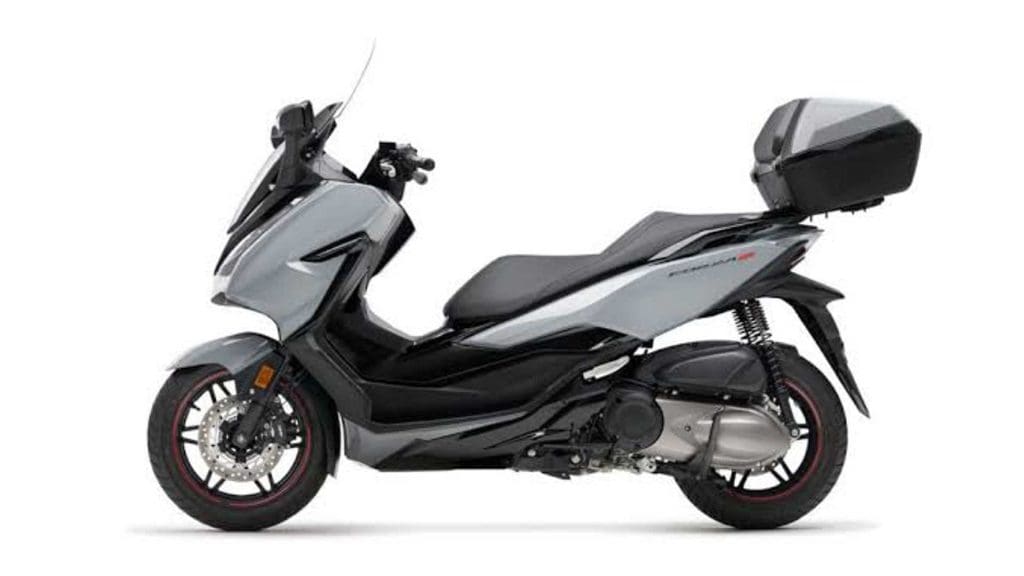admin
Staff member
The Maxi-Scooter for Long Distances
Maxi-scooters are ready for more than just city streets. While most people think of smaller, city-bound machines when they think of scooters, there are larger machines built for touring, and the 2020 Honda Forza 300 is just that. Honda revealed a new version of its Forza 300 recently and the scooter looks pretty good.
The bike comes with a retractable wind visor with 140mm of adjustability, a sporty overall look with sharp features, and generous storage. You can fit two full-face helmets under its seat. There’s also a lockable storage compartment on the left side that has a 12-volt power outlet.

In terms of what moves the scooter, you get a 279cc liquid-cooled SOHC single-cylinder engine that makes 19 hp. The top speed of the scooter is about 80 miles per hour, meaning it’s easily highway capable. You won’t keep up with most motorcycles, but you’ll be able to highway cruise easily. The company has yet to announce an official price or full availability, according to RideApart. I think the bike looks good, but I know Honda doesn’t sell many of these in North America.
The post Honda Reveals the 2020 Forza 300 appeared first on webBikeWorld.
Continue reading...


